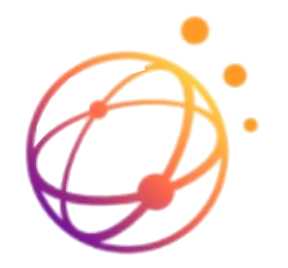Communication systems and networks may be studied and evaluated in different ways, e.g.
Using measurements from real devices / networks
Building test networks
Computer simulations or emulations
Using analytical/mathematical analysis
We at Magister are experts in designing and developing software simulators, which basically implement a set of interactive models, which construct an approximation of a certain device, network, protocol, etc. In our case the application area of the simulators is tele- and/or satellite communication networks, or even their hybrid combinations. This involve different wireless technologies from IEEE, 3GPP and DVB, e.g. 5GPP 5G/NR, DVB-S2/RCS2, etc, focusing on the channel modelling, air interface protocols, network, transport and application layer protocols and features.
Simulators may be categorized in different ways:
Running principle: discrete event, continuous, …
Level of detail: static, quasi-static, dynamic, …
Modeling purpose: wireless radio access, wired, …
Confidentiality: proprietary, open
The expertise of Magister is in designing and developing dynamic system/network simulators. Dynamic/network simulator implement a network of nodes, their interaction, node mobility and evolvement of time. One example of such open-source simulation platform is Network Simulator 3 (ns-3), which has been used as a baseline for several of the developed simulators. ns-3 is a discrete event (event triggered) simulator which is executing through non-uniform time steps. ns-3 operates at packet-level resolution, which means that it implements packet level processing and related algorithms, but does not usually go into bit level accuracy. Physical layer is usually abstracted to a link-to-system mapper, which uses physical/link level simulation results for converting SINR into block/packet error rates.
Note, that the simulators developed by Magister are not restricted to ns-3, but we have designed and developed also other types of simulators.
Example KPIs/statistics from system simulators
Throughput/data rate in different form
Signal-to-Noise-plus-Interference Ratio (SINR)
End-to-end delay
System loading
etc.
